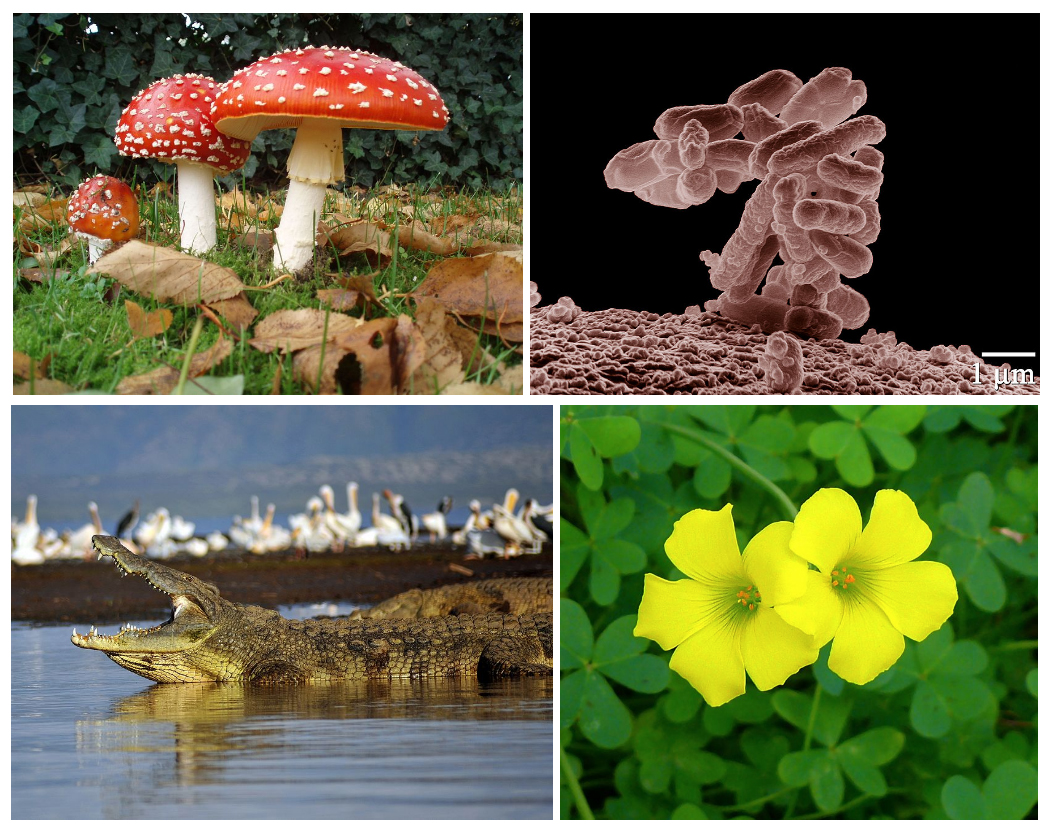Introduction to Python for Biologists.
- Why Python for Biology?
- Biological Data Types and Python
- Sequence Analysis - Part 1
- Sequence Analysis - Part 2
- Image Analysis - Part 1
- Image Analysis - Part 2
- Database Management and Python
- Statistical Analysis in Python
- Bioinformatics and Python
- Data Visualization in Python
- Machine Learning for Biology with Python
- Project Planning and Design
- Implementing a Biological Project with Python
Image Analysis - Part 1
Introduction to Digital Microscopy and Image Analysis

Scientific study of living things, especially their structure, function, growth, evolution, and distribution.
Digital microscopy and image analysis are integral parts of modern biological research. They provide a way to visualize and analyze biological structures and processes that are otherwise invisible to the naked eye. This unit will introduce you to the basics of these powerful tools.
Understanding the Basics of Digital Microscopy
Digital microscopy is a technique that uses digital technology to capture and analyze images of biological samples. Unlike traditional microscopy, which requires the observer to physically look through a lens, digital microscopy allows images to be captured and stored digitally. This not only makes it easier to share and analyze the images, but also allows for more advanced image processing techniques to be applied.
Importance of Image Analysis in Biological Research
Image analysis is the process of extracting meaningful information from images. In the context of biology, this can involve tasks such as counting the number of cells in an image, measuring the size of cells, identifying the stages of cell division, or tracking the movement of cells over time.
Image analysis is crucial in biological research for several reasons. First, it allows researchers to quantify and analyze biological phenomena that are difficult or impossible to measure directly. Second, it can help to reduce the subjectivity and increase the reproducibility of experiments by providing objective, quantitative measurements. Finally, it can help to reveal patterns and relationships that might not be apparent from a simple visual inspection of the images.
Different Types of Biological Images
There are many different types of images that can be analyzed in biological research. These include:
-
Microscopic images: These are probably the most common type of biological images. They can be produced by a variety of different types of microscopes, including light microscopes, electron microscopes, and fluorescence microscopes.
-
Medical images: These include images produced by techniques such as X-ray, MRI, and CT scans. These images can provide valuable information about the structure and function of the body's organs and tissues.
-
Molecular images: These include images of individual molecules or molecular structures, such as proteins or DNA. These images can be produced by techniques such as X-ray crystallography or cryo-electron microscopy.
Challenges in Biological Image Analysis
Despite its many advantages, image analysis in biology is not without its challenges. These include:
-
Image quality: Biological images can often be noisy, blurry, or otherwise difficult to analyze. This can be due to factors such as poor sample preparation, low image resolution, or technical limitations of the imaging equipment.
-
Complexity of biological structures: Biological structures can be incredibly complex and variable. This can make it difficult to develop image analysis algorithms that can accurately and reliably extract the desired information.
-
Large amounts of data: Modern imaging techniques can produce huge amounts of data, which can be challenging to store, manage, and analyze.
In the next unit, we will explore how Python can be used to overcome these challenges and extract valuable information from biological images.